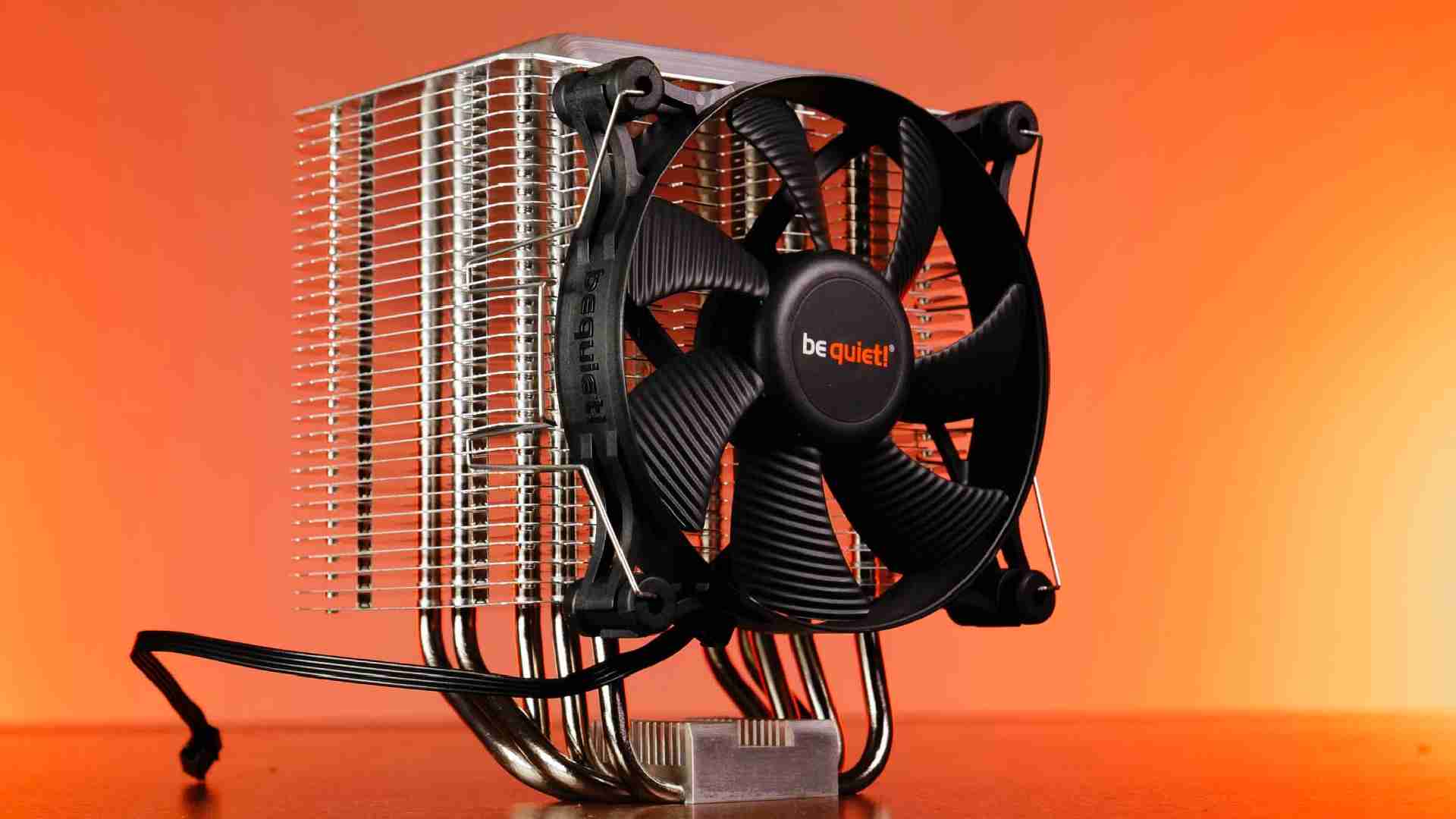be quiet! Silent Wings 140 PWM Review
Introduction
While the Silent Wings 140mm High-Speed was a best of a Case fan, we are going to take a closer look at its slower spinning PWM 1100RPM counterpart. Lets see if it can deliver just as good!
Positive
- Excellent Noise-to-Performance
Neutral
- All-Black/Matt-Black Design
Negative
- The PWM header is "okay" but be quiet's could have used the same as on the Pro-line
- 0 Performance overhead
What's in the box?

be quiet!'s newest iteration of their Silent Wings series comes in an almost identical package as the previous versions. Some imagery and specs with a grey stripe to make sure that you know you went for the high-end line.

Inside the box, the Fan is wrapped in its own smaller carton box with an additional accessories box above it.
The accessories box contains an additional pair of mounting corners and the installation hardware in form of push-pins and fan screws, more bout that in the installation section
Down below we added a summary of the Silent Wing 4 140mm PWM specs:
| Name | be quiet! Silent Wings PWM 140mm |
| Size | 140x140x25mm |
| Speed | <=1100RPM |
| Airflow | 51.3CFM |
| Static Pressure | .92mm/H2O |
| Noise | <13.6dBa |
| Connection | PWM |
| Bearing | Fluid Dynamic Bearing |
| RGB | Of course not |
Installation

Installing a Silent Wings fan was always a matter of choice.
Out-of-the-box, the new Silent Wings 4 comes with the push-pin corners pre-installed. This installation mechanic is ideal to be used in a case fan scenario as the rubber on them can act as an additional damper to remove even more vibrations. In order to install the fan using this method, we simply need to position it behind or in front of the case's fan bracket and push the pins found in the accessories box through each corner of the fan. That's it...

The alternative method would be the fan-screw method. Self-explanatory as this is, we first need to replace the existing mounting edges. For this, simply grab each corner and push in the piece of out sticking plastic which unlocks the lock mechanism. From there, simply pull and they are off. After positioning the corners on each of the edges of the fan, just push them in and proceed by installing it using the fan screws.

Appearance

Surely the biggest change between the newest and the iteration before that is the fan's overall design. With a new all-black finish with a matt-black central piece, the fan is basically all black and easily integrable into basically any build.
Although we are huge fans of these changes, the design will always be up to the end customer. The Wing design, however, is not. For the first time in a decade, be quiet! ditched their old 7- thick and slightly bent wing design that be quiet! is known for.

On the 140mm lineup, we now have the same amount of wings, but substantially thinner and bend at a much more aggressive angle. This new approach makes the fan better perform in use cases that require slightly more static pressure such as filters or strong bends and thin air inlets.

A quickly unnoticed change is that the fan is now actually round. The previous Silent Wings 3 line had an inlet and outlet in octagonal form. The new Silent Wings 4 on the other hand, is round. This change can be both negative and positive depending on how you want to look at it. The octagonal form might have helped to distribute the air more throughout the case as it might act as a funnel. The new round shape will channel the air slightly making it directable to a specific location.

A change like this might be impossible to measure, but as a front case fan in combination with an Air cooler, the round shape might be better as the air is pushed directly into the cooler fan instead of spread across the case. For exhaust, on the other hand, the octagonal design might be better as the "reverse" funnel will suck in the air through a bigger surface compared to a round design.
Benchmark

We tested the new be quiet! Silent Wings 4 High-Speed in 140mm using our usual benchmark test. While letting the fan spin at 100% of its max speed, they managed to keep the CPU at 58°C above ambient. Although this gives it quite the gap to the previous generation's 1000RPM quick Silent Wings 3 140mm, it places it at the exact same spot as the 120mm SW4 PWM counterpart.

On the Noise-to-Performance side, the 1100RPM quick SW4 140mm performed identically to the High-Speed version at very low speeds. But once the fan speed is turned up... the regular PWM version immediately gives up due to its lack of any performance overhead.
Conclusion

Similarly to the 120mm version, this conclusion will be negative as well. We are truly amazed about the SW4 Lineup. But we cannot understand why somebody would choose the regular PWM version over the High-Speed version as long as the price is identical. It just doesn't make any sense.

Although there are many improvements over the last gen and compared to other fans, the SW4 140mm's noise-to-performance ratio is close to unbeatable, but the lack of any sort of performance overhead makes this an easy choice. Go for the High-Speed version. It comes with the exact same excellent noise-to-performance ratio, but with a properly set-up PWM curve, you will also benefit from its true potential in situations where you might need extra air or extra static pressure.


Arctic Freezer A13X / i13X Review
Although the Arctic Freezer A13X & i13X might look like a normal cooler, don't be mistaken. This miniature single tower coole
Read More
Akasa Otto SC12 Review
Akasas Otto Line of products promises to be the absolute best for absolutely every use case. With their insane stats and wate
Read More
be quiet! Shadow Rock 3 Review
In this review we will have a closer look at be quiets Shadow Rock 3, a Air cooler which is supposedly part of be quiets mid-
Read More
Phanteks Enthoo 719 Review
Phanteks has already built quite a few incredible cases. The Enthoo 719 is no different. Packed full with incredible features
Read More